This article was co-authored by Tu Anh Vu, DMD. Dr. Tu Anh Vu is a board certified dentist who runs her private practice, Tu's Dental, in Brooklyn, New York. Dr. Vu helps adults and kids of all ages get over their anxiety with dental phobia. Dr. Vu has conducted research related to finding the cure for Kaposi Sarcoma cancer and has presented her research at the Hinman Meeting in Memphis. She received her undergraduate degree from Bryn Mawr College and a DMD from the University of Pennsylvania School of Dental Medicine.
There are 16 references cited in this article, which can be found at the bottom of the page.
This article has been viewed 67,242 times.
When you're self-conscious about brown stains on your teeth, it affects your confidence and willingness to smile. Fortunately, stains on teeth aren't permanent, and there are a variety of things you can do to get rid of them so you have a pearly, dazzling smile. From at-home remedies to professional approaches, we've put together 10 tips to whiten and brighten your teeth.
Steps
Expert Q&A
Did you know you can get expert answers for this article?
Unlock expert answers by supporting wikiHow
-
QuestionHow can I remove stains from my teeth at home?
 Tu Anh Vu, DMDDr. Tu Anh Vu is a board certified dentist who runs her private practice, Tu's Dental, in Brooklyn, New York. Dr. Vu helps adults and kids of all ages get over their anxiety with dental phobia. Dr. Vu has conducted research related to finding the cure for Kaposi Sarcoma cancer and has presented her research at the Hinman Meeting in Memphis. She received her undergraduate degree from Bryn Mawr College and a DMD from the University of Pennsylvania School of Dental Medicine.
Tu Anh Vu, DMDDr. Tu Anh Vu is a board certified dentist who runs her private practice, Tu's Dental, in Brooklyn, New York. Dr. Vu helps adults and kids of all ages get over their anxiety with dental phobia. Dr. Vu has conducted research related to finding the cure for Kaposi Sarcoma cancer and has presented her research at the Hinman Meeting in Memphis. She received her undergraduate degree from Bryn Mawr College and a DMD from the University of Pennsylvania School of Dental Medicine.
Board Certified Dentist Maintaining a good dental hygiene routine is the best way to keep your teeth white and healthy. If you want to whiten your teeth specifically, pick up some of those teeth whitening strips. Just be sure to avoid this solution if you have braces or you've had restoration work done. Also, be sure to see a dentist every 6 months to get a thorough cleaning.
Maintaining a good dental hygiene routine is the best way to keep your teeth white and healthy. If you want to whiten your teeth specifically, pick up some of those teeth whitening strips. Just be sure to avoid this solution if you have braces or you've had restoration work done. Also, be sure to see a dentist every 6 months to get a thorough cleaning.
References
- ↑ https://my.clevelandclinic.org/health/articles/teeth-whitening/faqs
- ↑ https://www.ada.org/en/about-the-ada/ada-positions-policies-and-statements/tooth-whitening-safety-and-effectiveness
- ↑ https://www.ada.org/en/member-center/oral-health-topics/whitening
- ↑ https://jada.ada.org/article/S0002-8177(17)30812-7/abstract
- ↑ https://jada.ada.org/article/S0002-8177(17)30811-5/fulltext
- ↑ https://www.bhandaldentistry.co.uk/teeth-whitening-baking-soda
- ↑ Tu Anh Vu, DMD. Board Certified Dentist. Expert Interview. 10 April 2020.
- ↑ https://www.ada.org/en/about-the-ada/ada-positions-policies-and-statements/tooth-whitening-safety-and-effectiveness
- ↑ https://www.businessinsider.com/best-teeth-whitening-products-dentist-recommendation-2017#5-crest-3d-whitestrips-5
- ↑ https://www.ada.org/en/publications/ada-news/2017-archive/june/glamorous-teeth-whitening-product-earns-ada-seal
- ↑ https://www.nhs.uk/live-well/healthy-body/teeth-whitening/
- ↑ https://www.yourdentistryguide.com/professional-whitening/
- ↑ https://www.yourdentistryguide.com/professional-whitening/
- ↑ https://www.yourdentistryguide.com/professional-whitening/
- ↑ https://www.yourdentistryguide.com/professional-whitening/
- ↑ https://www.artistictouchdentistry.com/general-dentistry/need-2-dental-cleanings-per-year/
- ↑ https://statelinedental.com/step-by-step-teeth-cleaning-process/
- ↑ https://www.ncbi.nlm.nih.gov/pubmed/12956346
- ↑ http://www.dhamadison.com/cosmetic/bonding
- ↑ Tu Anh Vu, DMD. Board Certified Dentist. Expert Interview. 10 April 2020.
About This Article
To remove brown stains from your teeth, use a whitening toothpaste once or twice a week instead of your regular toothpaste. Alternatively, use a toothpaste with baking soda in to remove surface stains from your teeth. You can also use an at-home whitening kit for lightly or moderately-stained teeth as an affordable option. If you have severe stains, go to your dentist for a deep-bleach or laser whitening treatment. For more tips, including how to cover up decayed or cracked teeth with crowns, read on!
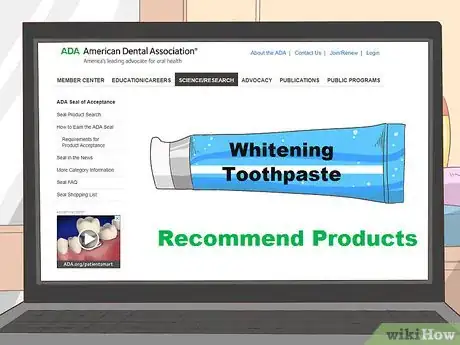
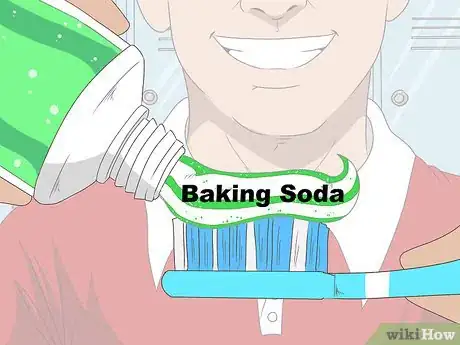
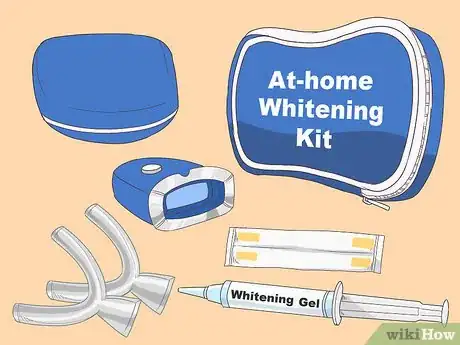

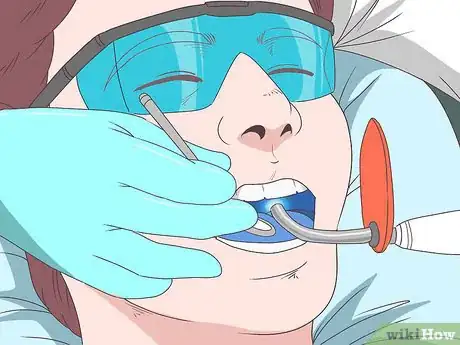
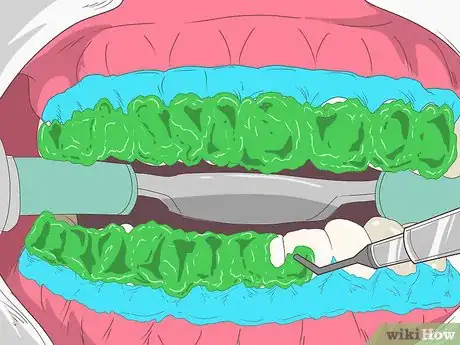
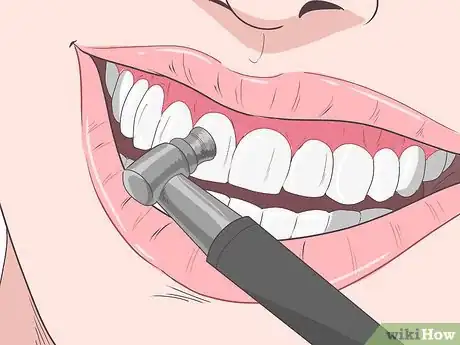
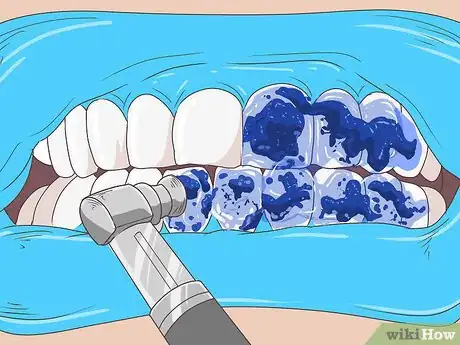
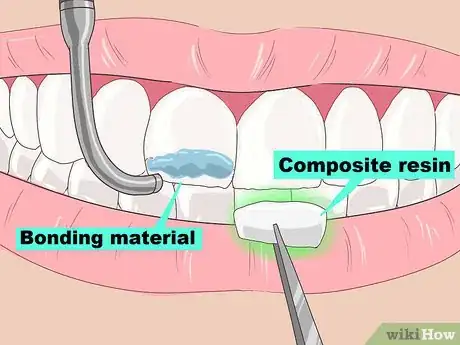
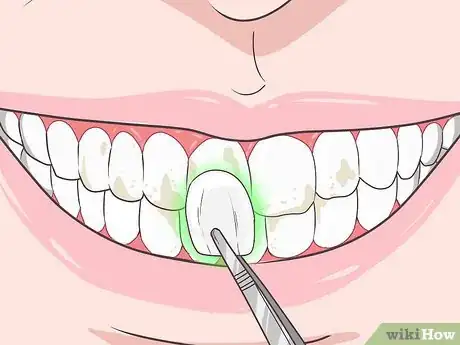
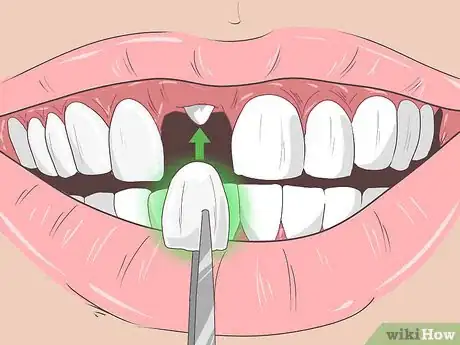

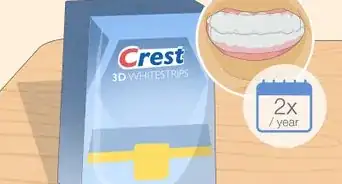
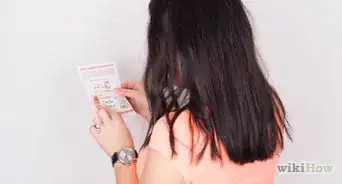
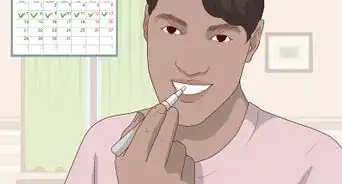
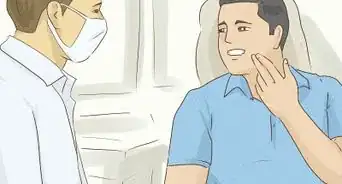


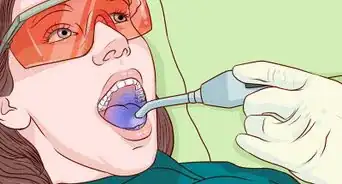
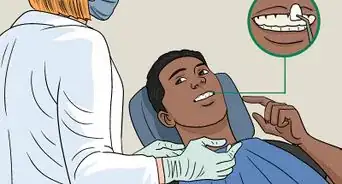
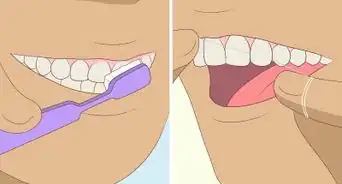


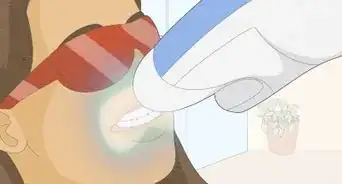
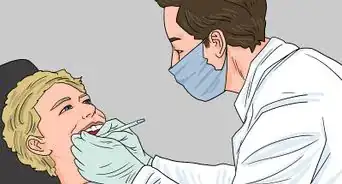






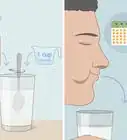
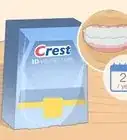
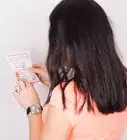




































Medical Disclaimer
The content of this article is not intended to be a substitute for professional medical advice, examination, diagnosis, or treatment. You should always contact your doctor or other qualified healthcare professional before starting, changing, or stopping any kind of health treatment.
Read More...